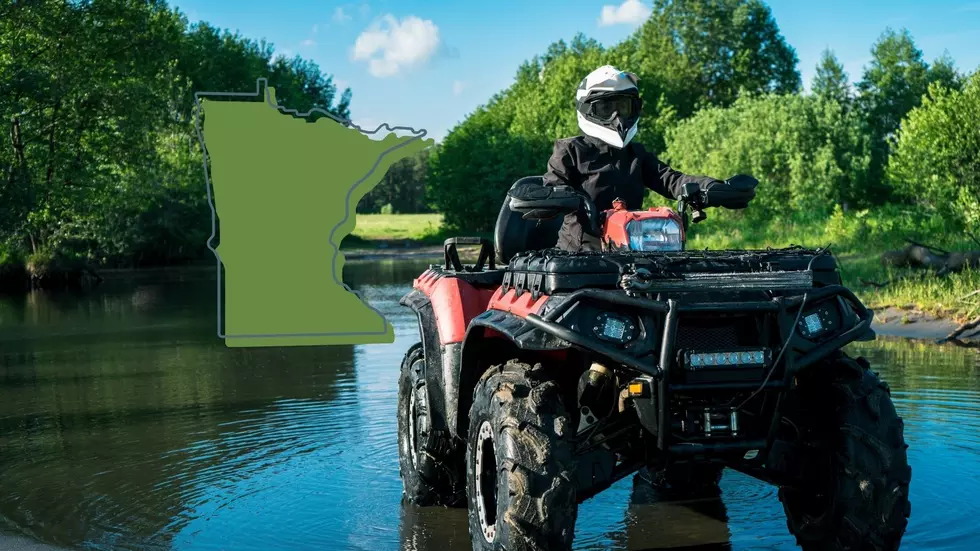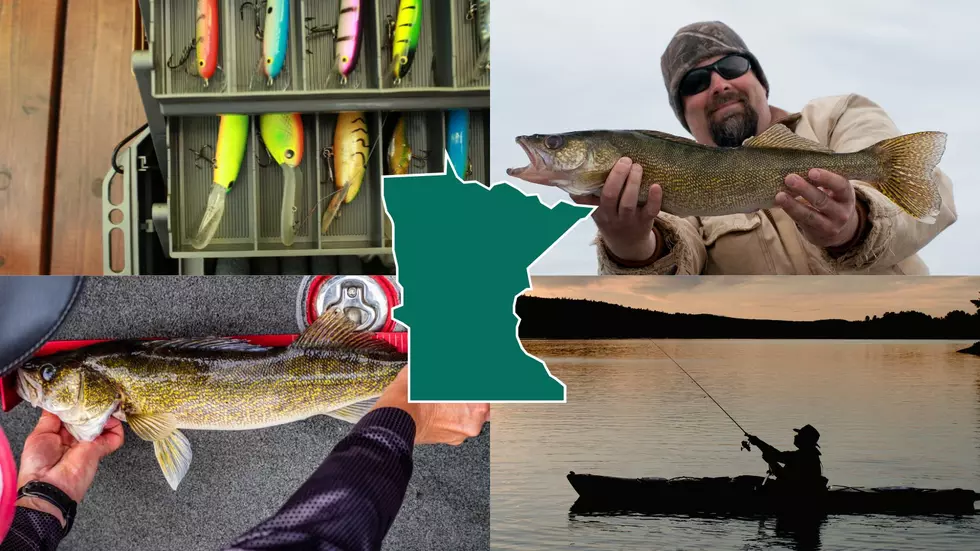
WI Dept of Health Urges Hunters To Use Precautions Against “Significantly Larger Tick Population” this Fall
When we think of "tick season," we often think of spring or summer. However, the Wisconsin Department of Health is reminding hunters that tick bites and the illnesses that accompany them can happen in the fall too. Officials are urging hunters to use precautions before heading out into the woods.
Recent tick surveillance has shown significantly larger populations of ticks in the North, Central, and East parts of Wisconsin. "Black Legged" ticks also known as "deer ticks" are more likely to carry diseases such as Lyme's Disease.
Lyme's disease is the most recognized illness that ticks carry, but there are more such as: anaplasmosis, ehrlichiosis, babesiosis, and Powassan virus disease.
To avoid bites, the following steps should be taken:
Use effective tick repellents and apply according to the label instructions. The Centers for Disease Control and Prevention (CDC) recommends using repellents with 20% DEET on exposed skin and clothing to prevent tick bites, but users should take special care to avoid spraying in the hands, eyes and mouth. Repellents that contain permethrin can also be applied to clothing.
Wear clothes that will help shield you from ticks. Long-sleeved shirts and long pants are best. Tuck pants into the top of socks or boots to create a “tick barrier.” Light-colored clothing makes ticks easier to spot. The dark colored ticks will also show up well against blaze orange hunting clothing.
Check your body frequently for ticks, and remove them pr
omptly. Blacklegged ticks are small and may be difficult to find, so careful and thorough tick checks must be done on all parts of the body. It is important to pay special attention to areas where ticks tend to hide, such as the head, scalp, and body folds (armpit, behind the knee, groin). Take a shower or a bath as soon as possible to remove any ticks that may still be crawling on you.
More information can be found at the WI Department of Health.
More From B105









